
This land is my home
where the naked mountains caress
the sky
and the veins of hills run to the sea.
This land is my home
where I’ll live alone until
my hair grows white
and my bones grow old
then I’ll hang my spirit on tree tops
to provide a cushion of coolness
for children who gather round
evening fires.
By Makiutii Tongia (Cook Islands)
Complete the following tasks on refill or on your weebly:
1. Which of these three adjectives best describes the poet’s feeling for his country? Give a reason for your choice.
- Bitter
- Proud
- Sad
2. From the first stanza, write down the line that describes the rivers.
3. Which line is repeated in the poem?
4. Repetition is one way a poet can draw our attention to an important word or idea. Why has Makiutii Tongia drawn our attention to this line?
5. Write down the lines from the second stanza that describe what the poet feels he will leave behind after he dies.
6. How do these lines suggest that the poet feels there is a link between our ancestors and the next generation of children?
7. The first stanza describes the land as if it is like a human body: ‘the naked mountains caress the sky and the veins of hills run to the sea.’ Explain why this idea is important in the poem.
Responding to the Text
Think about these questions:
Where do you feel most at ‘home’? Why?
Where is your favourite place? Why?
Brainstorm places that you feel a strong emotional connection to.
This (land/room/street/city/beach/garden/mountain/island…) is my home …
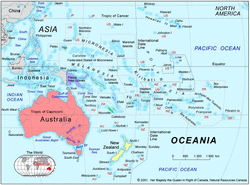




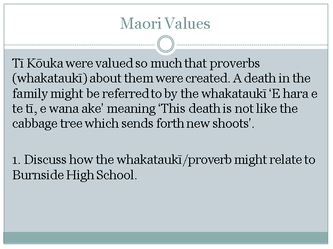
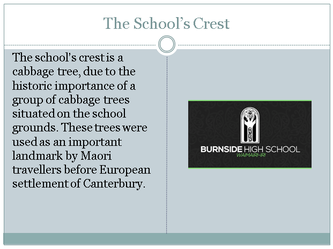
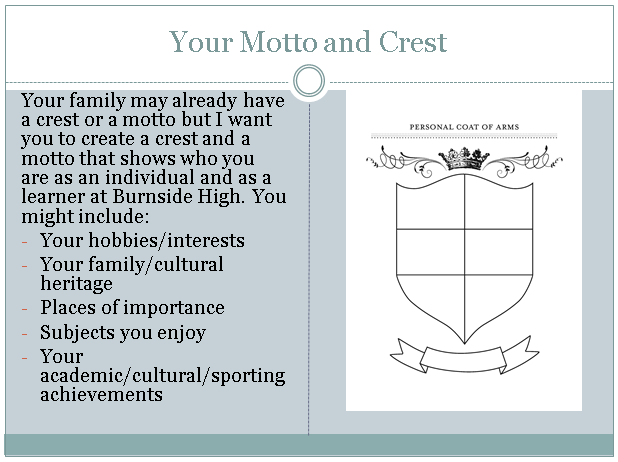
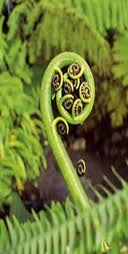

 RSS Feed
RSS Feed